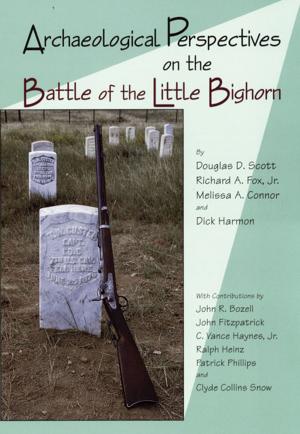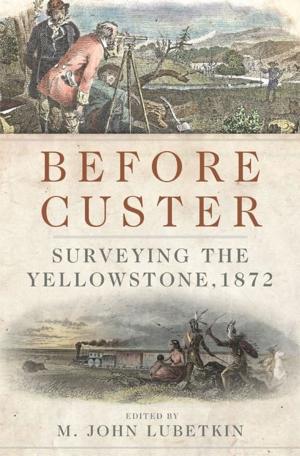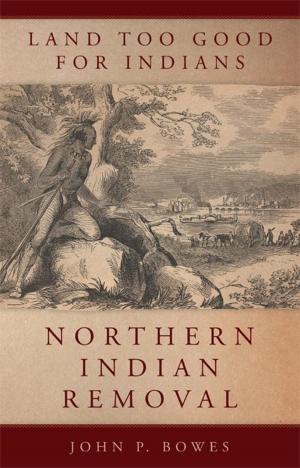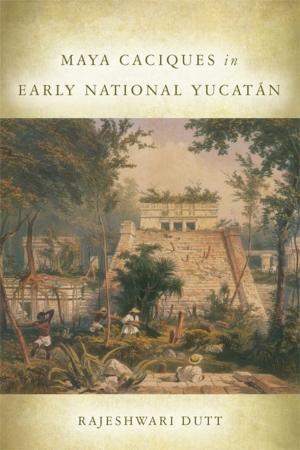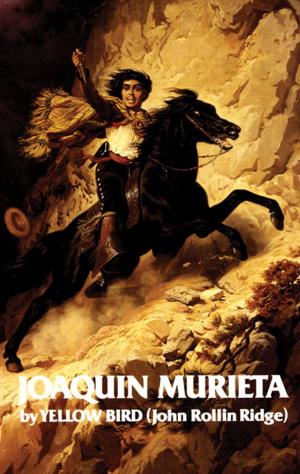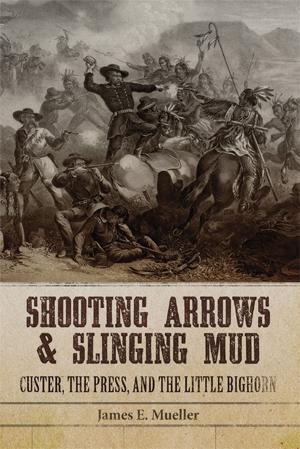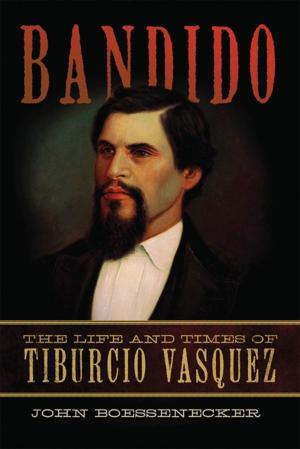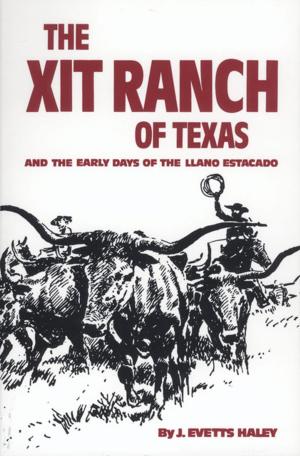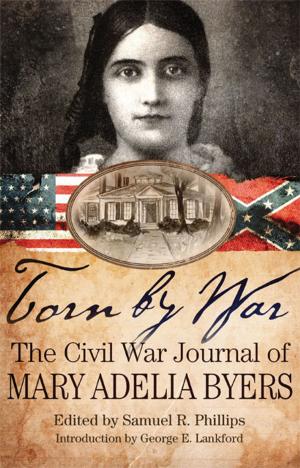Utah and the American Civil War
The Written Record
Nonfiction, Religion & Spirituality, Christianity, Denominations, Mormonism, History, Military, United States, Americas| Author: | ISBN: | 9780806159157 | |
| Publisher: | University of Oklahoma Press | Publication: | July 25, 2017 |
| Imprint: | University of Oklahoma Press | Language: | English |
| Author: | |
| ISBN: | 9780806159157 |
| Publisher: | University of Oklahoma Press |
| Publication: | July 25, 2017 |
| Imprint: | University of Oklahoma Press |
| Language: | English |
When Fort Sumter was attacked in April 1861, hundreds of soldiers were stationed at the U.S. Army’s Camp Floyd, forty miles southwest of Salt Lake City. The camp, established in June 1858, was the nation’s largest military post. Utah and the American Civil War presents a wealth of primary sources pertaining to the territory’s participation in the Civil War—material that until now has mostly been scattered, incomplete, or difficult to locate. Organized and annotated for easy use, this rich mix of military orders, dispatches, letters, circulars, battle and skirmish reports, telegraph messages, command lists, and other correspondence shows how Utah’s wartime experience was shaped by a peculiar blend of geography, religion, and politics.
Editor Kenneth L. Alford opens the collection with a year-by-year summary of important events in Utah Territory during the war, with special attention paid to the army’s recall from Utah in 1861, the Lot Smith Utah Cavalry Company’s 107-day military service, the Union army’s return in 1862, and relations between the military and Mormons. Readers will find accounts of an 1861 attempt to court-martial a Virginia-born commander for treason, battle reports from the January 1863 Bear River Massacre, documents from the army’s high command authorizing Governor James Doty to enlist additional Utah troops in October 1864, and evidence of Colonel Patrick Edward Connor’s personal biases against Native Americans and Mormons. A glossary of nineteenth-century phrases, military terms, and abbreviations, along with a detailed timeline of key historical events, places the records in historical context.
Collected and published together for the first time, these records document the unique role Utah played in the Civil War and reveal the war’s influence, both subtle and overt, on the emerging state of Utah.
When Fort Sumter was attacked in April 1861, hundreds of soldiers were stationed at the U.S. Army’s Camp Floyd, forty miles southwest of Salt Lake City. The camp, established in June 1858, was the nation’s largest military post. Utah and the American Civil War presents a wealth of primary sources pertaining to the territory’s participation in the Civil War—material that until now has mostly been scattered, incomplete, or difficult to locate. Organized and annotated for easy use, this rich mix of military orders, dispatches, letters, circulars, battle and skirmish reports, telegraph messages, command lists, and other correspondence shows how Utah’s wartime experience was shaped by a peculiar blend of geography, religion, and politics.
Editor Kenneth L. Alford opens the collection with a year-by-year summary of important events in Utah Territory during the war, with special attention paid to the army’s recall from Utah in 1861, the Lot Smith Utah Cavalry Company’s 107-day military service, the Union army’s return in 1862, and relations between the military and Mormons. Readers will find accounts of an 1861 attempt to court-martial a Virginia-born commander for treason, battle reports from the January 1863 Bear River Massacre, documents from the army’s high command authorizing Governor James Doty to enlist additional Utah troops in October 1864, and evidence of Colonel Patrick Edward Connor’s personal biases against Native Americans and Mormons. A glossary of nineteenth-century phrases, military terms, and abbreviations, along with a detailed timeline of key historical events, places the records in historical context.
Collected and published together for the first time, these records document the unique role Utah played in the Civil War and reveal the war’s influence, both subtle and overt, on the emerging state of Utah.

